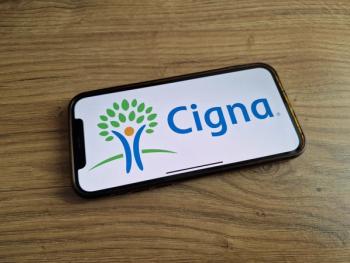
Innovation or illusion? Evaluating CVS's CostVantage strategy
While CVS argues that its CostVantage model will provide more transparency and clarity in the pricing of drugs, there is no accompanying statement that this will lower drug prices.
To manage or not manage prescription drugs is no longer the question.
Now, the question is “how” will pharmaceuticals be managed most effectively and competitively, and will that make a difference in cost to consumers?
CVS Health announced in December 2023 that it will convert its payment practices to pharmacies for the medications it dispenses. The company's pharmacy benefit manager (PBM), CVS Caremark, will now pay pharmacies by combining the cost paid for the drug with a set markup and a fee for pharmacy services. The new CVS CostVantage approach promises more transparency and to bring greater clarity to an industry where the current pricing model is considered obscure and lacking clarity.
While CVS argues this will provide more transparency and clarity in the pricing of drugs, there is no accompanying statement that this would lower drug prices. No surprise, given that CVS Caremark is PBM, which along with Cigna's Express Scripts and UnitedHealth Group's Optum Rx, controls an estimated 80% of the PBM market — an industry valued at approximately
Clearly, the PBM industry is growing and profitable. Yet, the original intent for PBMs was to
It's difficult to say what the actual impact of CVS CostVantage will be, other than the reported pricing clarity it will bring. In general, PBMs have existed in a complex web of formulas which result in high variations in drug pricing across pharmacies. Additionally, smaller PBMs and other companies such as GoodRx are innovating in nimble ways that help produce price variability. Given that there is no single-payer negotiation, no market regulations for Medicare or the private sector, and high variability in PBM drug pricing approaches it is all but certain we will continue to see wildly disparate
CVS’ gambit, the ramifications of which it is still too early to quantifiably analyze, could produce a positive side effect — the pharmaceutical industry now has new impetus to reevaluate the status quo and explore novel solutions for the future of healthcare. The wide variances in pricing and models for PBMs creates an opening for entrepreneurs and investors. The ones that are innovative, not just in pricing schemes but in value-added services that improve patient care and therapeutic utilization, are likely to be the winners.
If the industry is unable to define its value to the consumer, then pricing alone will likely turn all drugs eventually into commodities where pricing becomes the differentiator. That is not a scenario that would promise continued and sustainable growth. Rather, the risk will be in creating circumstances where cheaper and faster dominate the business case and subsequently invite increased regulation.
That is how PBMs came to be in the first place.
Gary Mangiofico, Ph.D., is executive professor of organizational theory and management at Pepperdine Graziadio Business School and committee member for the school’s annual
Newsletter
Get the latest industry news, event updates, and more from Managed healthcare Executive.





















































